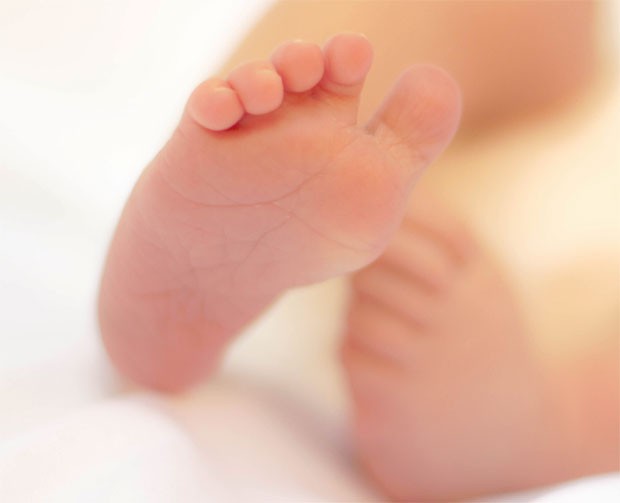Be Prepared for Childbirth: Learn How to Avoid Injuries and Plan for a Smooth Delivery

Be Prepared for Childbirth: Learn How to Avoid Injuries and Plan for a Smooth Delivery
Having a baby is such an exciting time, but it is also important to be prepared for any potential risks and injuries that can happen during childbirth.
That is why we have put together this comprehensive guide – to help you know what to expect and how to best prevent any injuries from happening.
We want you to have the best possible experience, so please take the time to read our guide and share it with your friends and family.
Remember, knowledge is power, and we hope this information will help you have a smooth and safe delivery.
So, let us dive in and discover all you need to know about childbirth injuries.

- Types of Childbirth Injuries
Childbirth is a complex process and can result in many injuries to both mother and baby. One common type of injury experienced by many women during childbirth is pelvic floor injuries, which are trauma-related causes of prolapse due to increased pressure on the pelvic muscles and ligaments that occurs during labour.
In some cases, it causes permanent damage to nerves or muscle tissue resulting in incontinence. It is essential for the mother to be aware of this, not only to understand their symptoms but also to get professional help, such as physiotherapy sessions if needed. After-childbirth physiotherapy for the pelvic region is a great way to help women regain their strength and mobility after childbirth. Female pelvic floor physiotherapy can help to restore postural alignment, reduce pain, and restore muscle control and control of bladder and bowel activities. Pelvic physiotherapy also helps to reduce swelling, improve circulation, and promote healing.
Other types of injury that can occur during childbirth include vaginal and perineal tears, which are caused by the natural passage of a baby through the birth canal.
Depending on their severity, these tears may require surgical or non-surgical treatment such as stitches or special wound dressings.
According to one mum’s experience with childbirth injuries, “I suffered a 3rd-degree tear during my delivery, something I could never have given birth. After being stitched up, it took me six weeks just to be able to stand up!” Such an anecdote highlights how unpredictable a mother’s childbirth experience can be – no two births are alike!

- Causes of Childbirth Injuries
Childbirth injuries can be a result of multiple different contributing factors such as the size and position of the baby, the approach taken during delivery and mother’s any pre-existing medical conditions.
Certain risk factors can make childbirth injuries more likely, including obesity, previous pregnancy, childbirth problems, and underlying medical conditions like diabetes or hypertension.
Understanding these causes and risks is key to helping reduce the likelihood of injury during birth – so let us break them down in an accessible way.
- Preventative Measures
Preparing for the journey through childbirth is a crucial step to reducing risk of injury. To start, prenatal exercises like yoga and stretching improve flexibility and can help keep a mom in shape for the big day.
Come up to delivery; it is a wise idea to create a birth plan collaboratively with your healthcare provider. This plan should include best practices, such as using pain management techniques during labour or determining when an epidural may be appropriate.
More than anything else, having access to quality medical care at a hospital equipped with the proper resources is key – no one likes surprise complications!
While long-held wisdom from mothers all around passes invaluable tips down from generation to generation, remember that consulting with your medical team is always recommended!

- Treatment Options
Childbirth injuries can range from minor cuts and abrasions to more serious lacerations, so it is important for new mums to know their options for treatment.
A variety of treatment options are available, such as sutures to close the wound, pain medications for relief and healing, and physical therapy to help speed up recovery time.
Depending on the type and severity of injury, doctors will make suggestions based on their prior experience and knowledge – but the decisions rests with the mum.
It is also important to be aware of risk factors during childbirth; if you experience sudden or prolonged bleeding after delivery or notice other signs that could signify a problematic area, seek advice from a professional immediately.
By understanding potential risks associated with delivering a baby and being aware of the various treatments available should an issue arise, mums can ensure that they make informed decisions regarding their own safety and well-being.

Conclusion
In conclusion, becoming a new mum is a thrilling and transformative journey, but it is also vital to be prepared for any potential risks and injuries during childbirth.
That is why we have put together this informative guide – to give you an insight into what to expect and how to prevent any injuries.
With our help, you can have a smooth and safe delivery and enjoy the experience of motherhood. Remember, knowledge is power, so take the time to read our guide and share it with your friends and family.
And do not forget, you are not alone in this journey. Always consult with your medical team for further guidance. We hope you have a happy and healthy delivery!
Guest Article. Contains a sponsored link.




